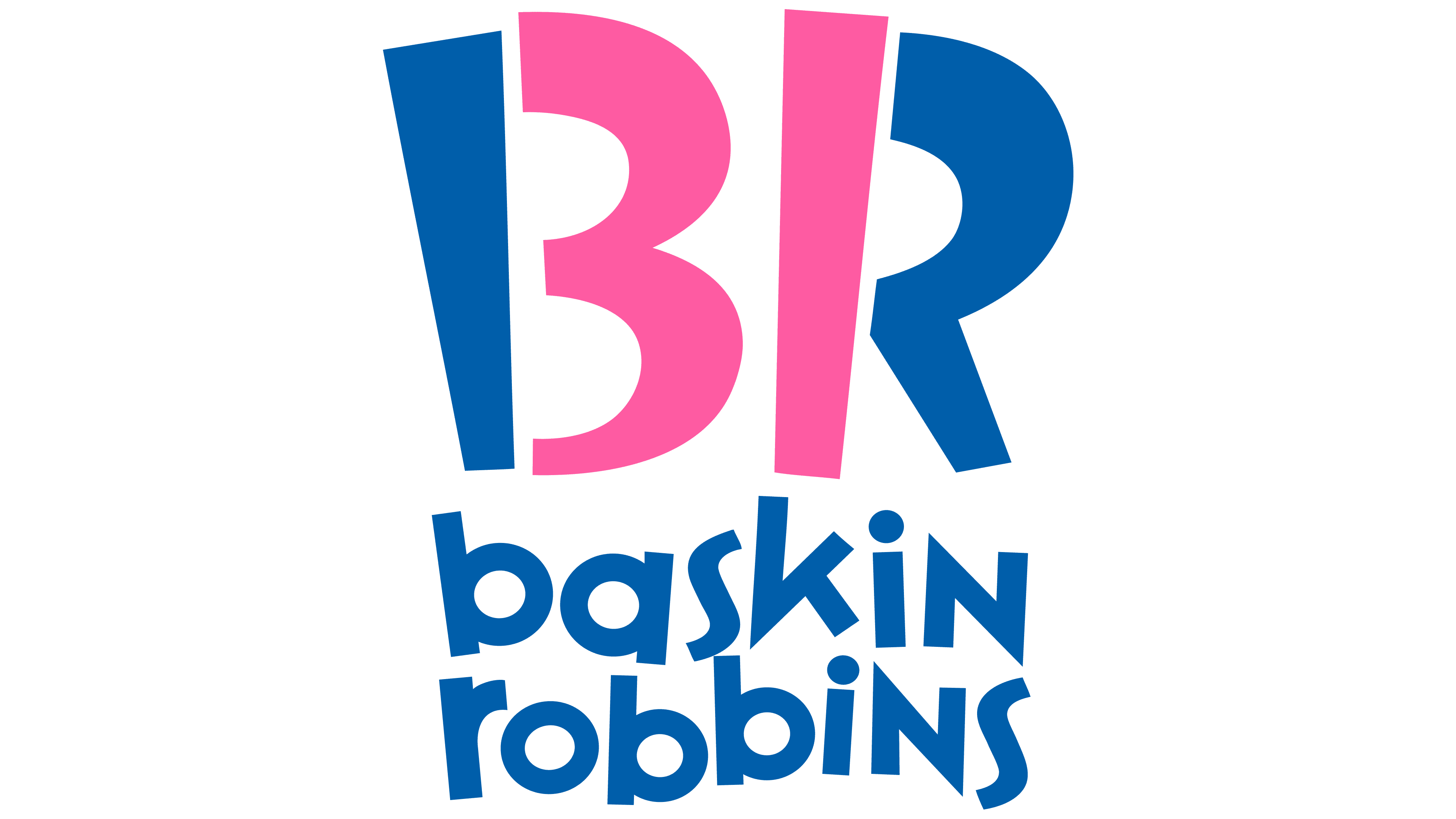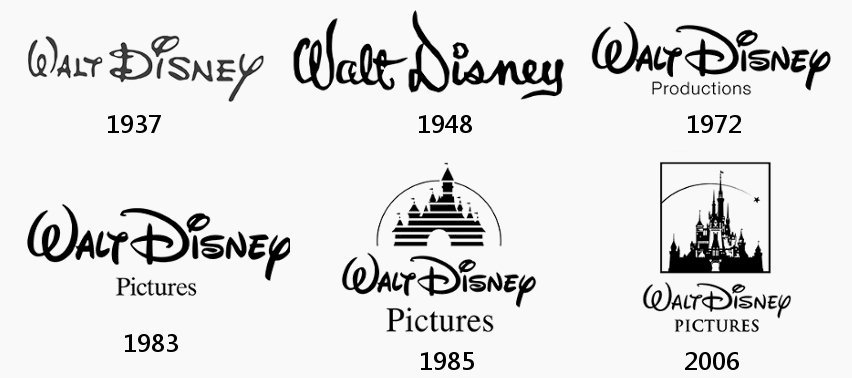COUNTRY OF ORIGIN: FRANCE
INDUSTRY: FASHION
Hey friends, everyone's favorite logo inspector here with a quick look this week at one of the more iconic logos in the fashion world, if not the world itself. Yes, it's CHANEL. Forgive me if I seem more surprised at the story behind this brand than some of you, but fashion isn't necessarily my thing, and if it is yours, that's cool too.
But yes, Chanel as a brand was the brainchild of Gabrielle Chanel, better known to history as "Coco Chanel." I thought this was some long story about socialites and children of some magnate putting gobs of capital into their fashion pet projects, and I couldn't have been more wrong. Ms. Chanel grew up in obscurity and relative poverty, and was very much a self-made women. She moved to Paris in the first decade of the 20th century and worked as a seamstress while moonlighting as a cabaret singer at night. One of the more famous songs she sang to soldiers was a song called "Who Has Seen Coco?" In time, it became her nickname, and it stuck when she went on to create her own brand of clothing. Far be it from me to rattle off her historical importance to that industry, but I will say that she built the brand herself by innovating fashion itself, establishing the famous women's Chanel suits, the "little black dress," and of course her famous fragrance, "Chanel No. 5."
THE LOGO
The logo is one of the staples of style and prestige and fashion in the modern Western world, and it's one of those designs whose aesthetic merit and flare are less important than the tradition it carries. Ms. Chanel designed the mark itself, and its two interlocking "C's" obviously stand for her inherited first name and her born surname. There's some interesting interplay between foreground and background within those C's— the more I look at it, the more I start seeing that white, almost almond shaped "thing" in the center, and those two fishtail forms reaching in at either side. But for the most part, it's fairly basic. But, as we've discussed before, in the branding world, there's nothing at all wrong with that.
I love the symmetry. We're symmetrical objects, we people. Have you ever noticed how things that look the same on one side as the other just tend to catch your eye, feel right, feel like that's intuitively how they should be? There's a lot of great articles and studies out there about why human beings crave symmetry in the world around them, how we finding it relaxing or reassuring, and how it reinforces some subconscious desire for order and meaning in the world around us. What's interesting about symmetry in design is it automatically creates this sort of quality control or fact-checking function inside us. You see one side a certain way and almost reflexively your eye drifts to the other side to confirm that it is the same. It's like it automatically triggers the Logo inspector in all of us!
We've also discussed here in previous posts the idea of gender in graphic design. Some designs feel more masculine, and some more feminine. So obviously, a logo for a woman's fashion empire would intuitively be designed as feminine and soft and gentle, right? The answer, of course, is no. This logo is bold, strong, geometric, and balanced, and features a strong, widely stances set of letters to depict its name. Why is that?
I read in this article that Ms. Chanel was originally inspired by a set of ornate windows in a home she lived in as a child, but she did not create the logo until 1925. As a designer and something of a student (and teacher) of the history of graphic design, there are some historical cues that we might follow to see her train of thought in this mark's creation. For example, it's not that feminine stylings in design had not been cultivated at this time; quite the opposite. The Art Nouveau style of design, featuring organic lines and feminine beauty, had already had its day in the sun, peaking somewhere around 1910 or so. At that point, Ms. Chanel was in Paris, of all places, so I'm sure it was all around her and had become the standard for advertising, packaging, and design in general. In other words, it had become status quo.If you might think that this would be the perfect aesthetic styling for a fashion designer trying to make a mark with women's dresses and styles at the dawn of the Roaring 20's, you may be predictably right. And I'm sure that's why Chanel did NOT go this route.The 20's saw the emergence of several ideologies of design in art, architecture, and yes, advertising. Art Deco had arrived in Paris by this time, featuring strong, clean, sharp lines that implied power and industry. Likewise modernism was evolving rapidly, featuring simplistic interpretations of the real world that focused less on recreating reality and more about interpreting it in a new aesthetic way.I would think that all of these factors led Coco Chanel to create her logo the way she did; as a departure from the old, as something bold and masculine, as an almost abstract symbol that became its own visual point of reference. Its roots lie more in traditional French Art Deco (what you and I think of as "Art Deco" probably lies more in the American reception of the Art Deco style, i.e. the look of skyscrapers and Ayn Rand cityscapes and vintage Superman cartoons, etc). But yet there's more to that Chanel logo than that. There's something very abstract in its simplicity, almost suggesting that you should be trying to "see" something in those interlocked C's that isn't actually there.
TYPOGRAPHY
The typeface is available today, I've seen clones called "Chanel" and "Couture" and a few others that essentially exist to capture the design decisions that went into the Chanel name. But the original typography in the branding was a hand drawn typeface that was just following modern aesthetics; a bold, broad-columned sans serif faces was hardly unique in that window of time, but it was fresh and new and helped channel a sense of something stylish and modern.
What's amazing is that over the next fifty years that same art direction of the Chanel brand, and even Coco Chanel herself, became a standard of timeless style and sophistication as a result of the products that were associated with it. You can see here as these advertisements evolved from the 20's into the 60's, the design remained consistent, but just FEELS more and more substantial as they pass down through time. As I've said in the past, graphic design can be created to invoke many things, but tradition can never be invented.
In the end, it's a great example of how a brand, a logo, even just a name, can have decades of equity and user appreciation attached to it. The style or the design decisions really aren't as important as the product and its emotional and material value to the user, which is almost funny to hear myself say because as a designers and artists, we're constantly trying to tell ourselves otherwise.
In any case, the Chanel brand is one of the more famous ones in the landscape of logos, whether you're a fashion person or not. I love how simple icons like these become a part of the visual vocabulary of our civilization that transcends individual countries, languages and societies. Simple shapes like the Chanel C's or, say, the golden arches become archetypes that we just recognize, regardless of who we are. It's almost like these logos are as integral to the human condition as letters or numbers. Or maybe I just think about this stuff too much.
What do you guys think? Leave comments on the Twitter page! I'd love to hear some feedback. Thanks!
Sources include: Wikipedia, Medium.com, bbc.co.uk, etc




























